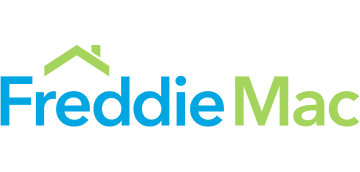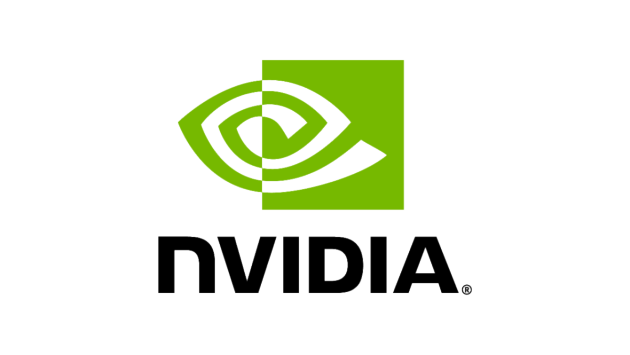Enterprise data architects, data engineers, and business leaders from around the globe gathered in New York last week for the 3-day Strata Data Conference, which featured new technologies, innovations, and many collaborative ideas.
From speaking with attendees at the Paxata exhibit booth, partaking in networking events, and attending sessions, we observed three major trends:
1) Convergence of technologies
Many announcements at Strata centered on product integrations, with vendors closing the loop and turning tools into solutions, most notably:
A Paxata-HDInsight solution demo, where Paxata showcased the general availability of its Adaptive Information Platform for Microsoft Azure. With this integration, customers can now harness the full power of Azure’s Big Data offerings in a self-service manner to gain immediate value.”
Additionally, Alation and Paxata announced the new data exploration capabilities of Paxata in the Alation Data Catalog, where users can find trusted data assets and, with a single click, work with their data in Paxata’s Self-Service Data Prep Application. This highlights the two companies’ shared vision on self-service data discovery with an emphasis on collaboration and data governance.
Finally, Clarity Insights created a joint solution on AWS CloudFormation templates allowing a point-and-click way to stand up a fully-functional data lake using Cloudera, Paxata, and Zoomdata optimized on Intel processors.
2) When data becomes information, many (incremental) use cases surface
Standard Chartered Bank’s Global Head of Technology, Santhosh Mahendiran, discussed the democratization of data across 3,500+ business users in 68 countries. Santhosh noted that while information is architected into a central data lake, it is Paxata self-service data preparation (SSDP) that created broad use cases across trade finance, payments, collections, financial crimes, human resources, and customer profitability.
In another session, American Express VP of Global Information Management, Atul Dalmia, explained that their central data architecture and modular design resulted in new business opportunities. “Having information in one place – from first-party data, to second- and third-party data – has made every additional use case an incremental add-on,” he said, emphasizing that being modular helped them to avoid creating data pipelines for every use case. “We look at data as an asset, regardless of whether the use case is AML/fraud or new revenue. For example, historical spend can be used for identifying new revenue opportunities as well as fraud detection.”
3) Data professionals come in all shapes and forms
Paxata booth visitors encompassed a broad range of roles, all with data responsibility in some shape or form. For example:
- A Director of Data Strategy at a multinational hospitality / leisure company is migrating data from traditional data warehousing tools into Hadoop. He is designing data architectures and is looking to prep and clean the data as part of the migration.
- A Director of Information Analytics Services at a large, multinational healthcare services company is responsible for collecting and changing data schematics from third-party sources, matching and integrating mixed profiles of users, and mapping it to a conformed format. He is creating information services for his clients, an emerging use case for SSDP.
- A Senior Director of Data Science for a marketing / advertising tech company is charged with television programming, content, creative, and message testing analysis. As he codes to create the data backbone, client-facing business analysts need information to guide customer decision-making on TV media buys. He is building data pipelines while his counterparts can use SSDP tools to explore and prepare that data into customer-facing information.
- A Director of Information Management at a mid-size insurance provider is looking to modernize legacy and workflow-oriented, desktop data prep tools with new self-service solutions to provide speed and agility for agents. He is accelerating productivity of information consumers by retooling the organization.
What do they have in common? They are all leveraging data to provide solutions that create faster business outcomes, enabling a broader set of users to gain access to cleaner, more contextual information. In other words, data professionals regardless of their roles are leading their respective Information Inspired Businesses.
To learn more about what Paxata announced at the conference, please see our recent press announcements and media interviews:
free trial
DataRobot Data Prep
Interactively explore, combine, and shape diverse datasets into data ready for machine learning and AI applications
Try now for free
About the author
DataRobot
Value-Driven AI
DataRobot is the leader in Value-Driven AI – a unique and collaborative approach to AI that combines our open AI platform, deep AI expertise and broad use-case implementation to improve how customers run, grow and optimize their business. The DataRobot AI Platform is the only complete AI lifecycle platform that interoperates with your existing investments in data, applications and business processes, and can be deployed on-prem or in any cloud environment. DataRobot and our partners have a decade of world-class AI expertise collaborating with AI teams (data scientists, business and IT), removing common blockers and developing best practices to successfully navigate projects that result in faster time to value, increased revenue and reduced costs. DataRobot customers include 40% of the Fortune 50, 8 of top 10 US banks, 7 of the top 10 pharmaceutical companies, 7 of the top 10 telcos, 5 of top 10 global manufacturers.







